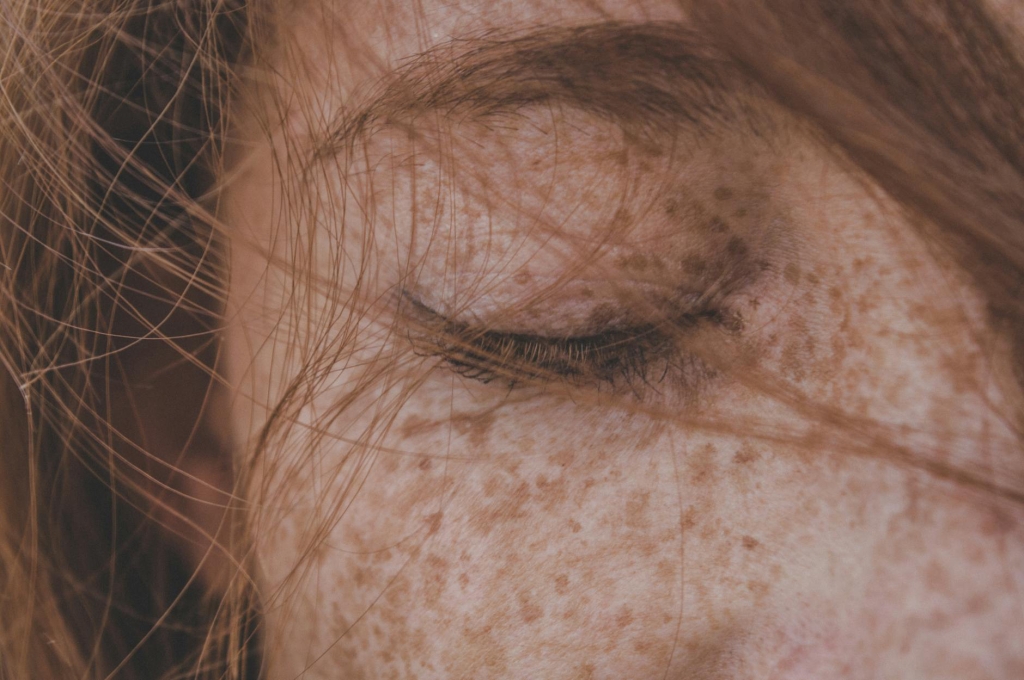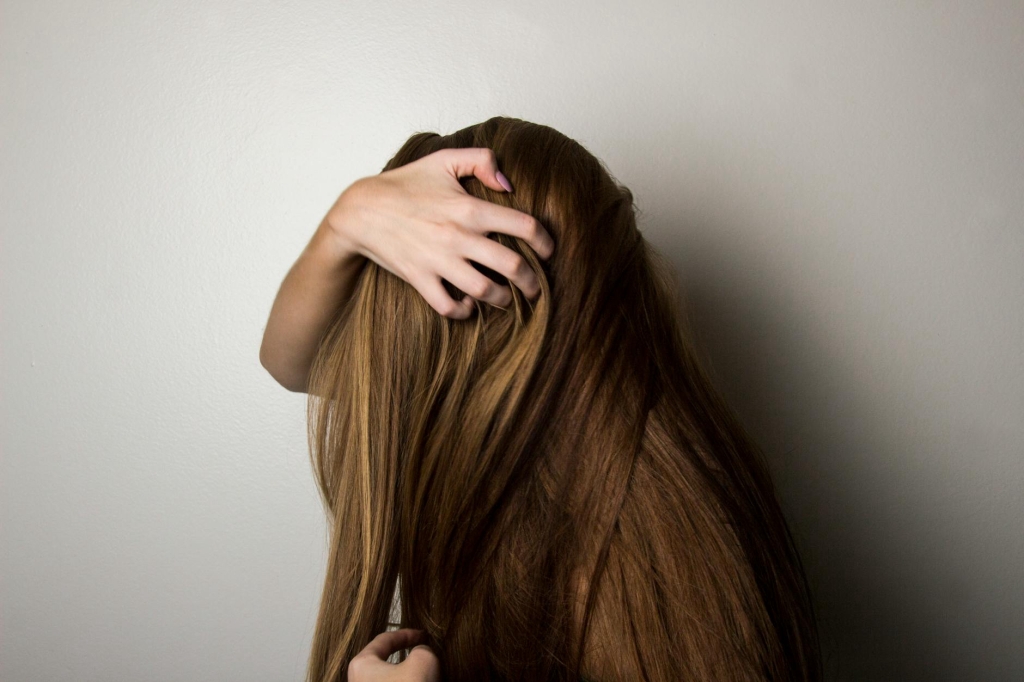By Shannon Bussnick, LSW

Trichotillomania is a complex disorder characterized by the irresistible urge to pull out one’s hair, leading to noticeable hair loss and significant emotional distress.
This journey into understanding trichotillomania discusses personal experiences with scientific insights, aiming to shed light on the disorder, reduce the shame associated with the behavior, and explore effective pathways toward healing.
My Personal Journey with Trichotillomania
From early adolescence, my self-soothing practices evolved from thumb-sucking to hair twirling, and eventually, to hair-pulling. This compulsion was not merely a habit but became a part of my daily life, with the uneven appearance of my hair serving as a physical manifestation of an internal struggle.
In my adult life, I noticed intentional hair-knotting, followed by the act of hair-pulling, exacerbated by stress and distinct life changes, specifically at nighttime when winding down.
For many in the “trich” community, the irresistible urge to pull is followed by a rush of feel-good neurotransmitters, reinforcing the behavior. However, the aftermath usually includes feelings of shame and guilt, leading to denial and avoidance.
Although the frequency and duration of the behavior may vary, the cycle generally looks the same; in some cases, hair-pulling can progress in severity and modify from its original, targeted location.
This deeply personal disorder is often concealed; it may also hint at deeper psychological underpinnings and can become a significant part of one’s lifelong narrative, as it has for me.
Understanding Trichotillomania
Trichotillomania, classified under the Obsessive-Compulsive and Related Disorders in the DSM-5, is believed to result from a combination of genetic, neurological, and environmental factors. The condition often begins in childhood or adolescence, making it a pivotal period for early intervention and support.
Genetic and Neurological Factors:
Research highlights a genetic predisposition to trichotillomania, with neurological studies pointing to abnormalities in brain areas related to habit formation, impulse control, and emotional regulation. These findings suggest a complex interplay between genetics and brain function in the development of trichotillomania.
Environmental Factors:
Environmental triggers, such as stress or trauma, can exacerbate trichotillomania, underscoring the importance of understanding the contextual factors that contribute to the disorder.
For many, hair-pulling serves as a coping mechanism to alleviate psychological discomfort. While this habit may be initially perceived as harmless, it can lead to dysfunction in many areas of one’s life.
Pathways to Healing: Treatment Approaches for Hair-Pulling
Effective management of trichotillomania involves a holistic approach that may include cognitive behavioral therapy (CBT), dialectical behavioral therapy (DBT), medication, and support groups.
Habit Reversal Training (HRT), a type of CBT, has shown effectiveness in increasing awareness of hair-pulling episodes and developing alternative coping strategies.
Medication can be effective in treatment when combined with behavioral therapies and to manage symptoms of co-occurring mental health conditions.
The management and treatment of trichotillomania is a continuous process, with new interventions frequently being evaluated.
Stimming in Neurodivergent and Neurotypical Individuals
While stimming, or self-stimulatory behavior, is often associated with autism spectrum disorder (ASD), it can occur in both neurodivergent and neurotypical individuals.
In the context of ASD, stimming serves various functions, including self-regulation, sensory modulation, and communication. However, stimming behaviors can also manifest in non-neurodivergent individuals, albeit for different reasons and under different circumstances.
The underlying motivations for stimming may differ between neurodivergent and neurotypical individuals but many of the behaviors can appear similar or even identical. For instance, repetitive behaviors such as hand-flapping or hair-twirling may serve as coping mechanisms for both groups, providing comfort or relief from stress or anxiety.
Understanding the nuances of stimming across various populations emphasizes the importance of individualized approaches for support and intervention. By recognizing the shared experiences and differences in stimming behaviors, such as hair-twirling and hair-pulling, we can cultivate greater empathy, acceptance, and inclusivity for all individuals, regardless of neurotype.
Conclusion
Trichotillomania is more than a disorder; it’s a part of many people’s lives that requires compassion, understanding, and comprehensive care. While the habit of hair-pulling may seem trivial, it’s far from such, often resulting from trauma, stress, and the manifestation of other mental health conditions.
By sharing personal experiences and increasing awareness of scientific research, we can create a supportive environment that encourages individuals with trichotillomania to seek help and start their healing journey in the way that suits their unique needs.
References and Further Reading on Trichotillomania
• Cross River Therapy. (2024). Stimming Without Autism: Understanding Self-Stimulatory Behaviors. Retrieved from https://www.crossrivertherapy.com/autism/stimming-without-autism
• Cleveland Clinic. (2022). Trichotillomania. Retrieved from https://my.clevelandclinic.org/health/diseases/9880-trichotillomania
• Mansueto, C. S., & Keuthen, N. J. (2012). Trichotillomania: A comprehensive behavioral model. Clinical Psychology Review, 32(6), 564–574. https://www.ncbi.nlm.nih.gov/pmc/articles/PMC3190970/

Leave a comment